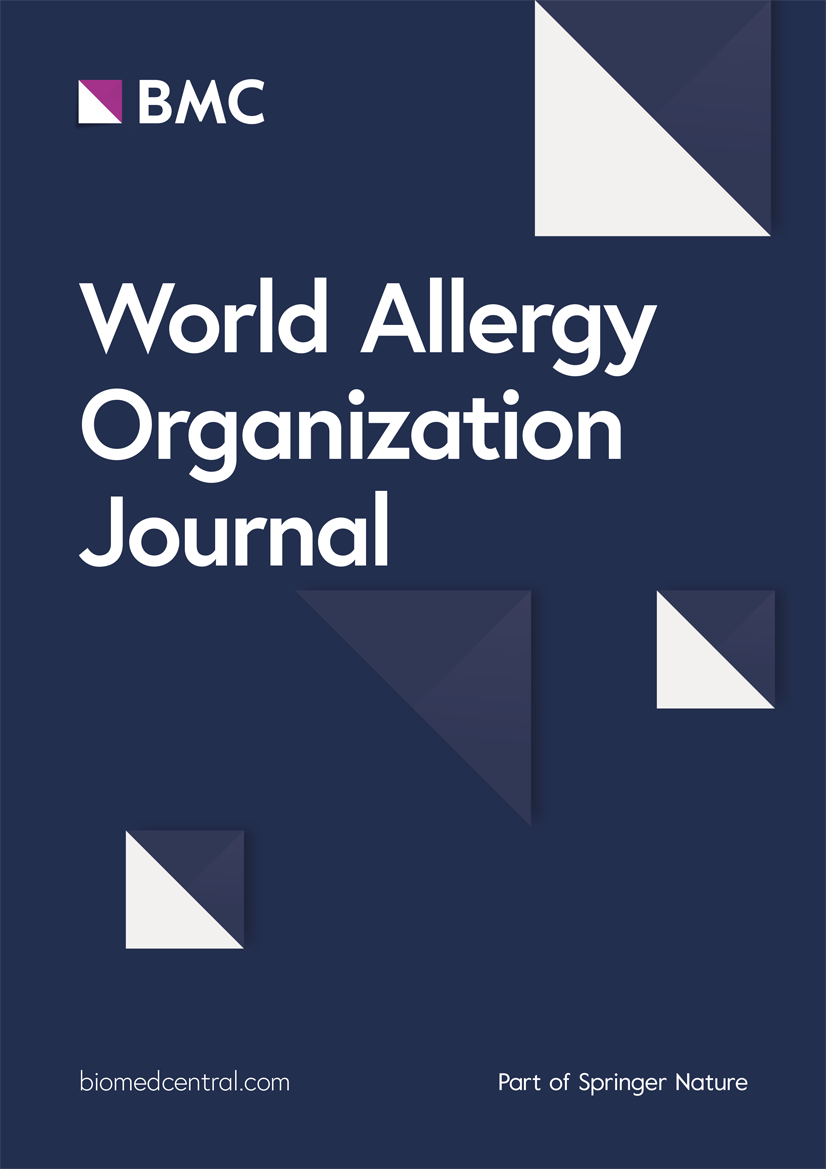COVID-19 related epigenetic changes and atopic dermatitis: An exploratory analysis
IF 3.9
2区 医学
Q2 ALLERGY
引用次数: 0
Abstract
Background
While epidemiological data suggest a connection between atopic dermatitis (AD) and COVID-19, the molecular mechanisms underlying this relationship remain unclear.
Objective
To investigate whether COVID-19-related CpGs may contribute to AD development and whether this association is mediated through the regulation of specific genes’ expression.
Methods
We combined Mendelian randomization and transcriptome analysis for data-driven explorations.
Results
Among the 172 CpGs -associated with COVID-19 infection, merely 3 of them exhibited significant impacts on the risk of AD, including cg04543273, cg11916609, and cg10636246. In the following analysis of the causal effects of CpGs and their related gene expression, cg04543273 inhibited LMAN2 expression. However, there was not a significant impact of cg11916609 and cg10636246 on the expression of their corresponding genes. Besides, transcriptome analysis suggested that LMAN2 expression was significantly upregulated among the COVID-19-infected population, and LMAN2 expression was obviously correlated with Type 2 helper cells across different post-infection time points.
Conclusion
Overall, this study provides new insights of the COVID-19-related onset and exacerbation of AD-COVID-19-related epigenetic changes and their regulatory impact on transcription. A novel role of LMAN2 was proposed in the relationship between viral infection and AD. More studies are warranted to further explore the mechanism of LMAN2-related immunopathology.
COVID-19相关表观遗传改变与特应性皮炎的探索性分析
背景:虽然流行病学数据表明特应性皮炎(AD)与COVID-19之间存在联系,但这种关系的分子机制尚不清楚。目的:探讨covid -19相关CpGs是否参与AD的发展,以及这种关联是否通过调节特定基因的表达来介导。方法:我们结合孟德尔随机化和转录组分析进行数据驱动的探索。结果:在172个与COVID-19感染相关的CpGs中,只有3个CpGs对AD的风险有显著影响,分别是cg04543273、cg11916609和cg10636246。在随后对CpGs及其相关基因表达的因果效应分析中,发现cg04543273抑制了LMAN2的表达。而cg11916609和cg10636246对其对应基因的表达无显著影响。此外,转录组分析表明,LMAN2在covid -19感染人群中的表达显著上调,并且在感染后不同时间点上LMAN2的表达与2型辅助细胞有明显的相关性。结论:总体而言,本研究为ad - covid -19相关表观遗传变化的发病、加重及其对转录的调控作用提供了新的见解。LMAN2在病毒感染与AD关系中的新作用被提出。lman2相关的免疫病理机制有待进一步研究。
本文章由计算机程序翻译,如有差异,请以英文原文为准。
求助全文
约1分钟内获得全文
求助全文
来源期刊

World Allergy Organization Journal
Immunology and Microbiology-Immunology
CiteScore
9.10
自引率
5.90%
发文量
91
审稿时长
9 weeks
期刊介绍:
The official pubication of the World Allergy Organization, the World Allergy Organization Journal (WAOjournal) publishes original mechanistic, translational, and clinical research on the topics of allergy, asthma, anaphylaxis, and clincial immunology, as well as reviews, guidelines, and position papers that contribute to the improvement of patient care. WAOjournal publishes research on the growth of allergy prevalence within the scope of single countries, country comparisons, and practical global issues and regulations, or threats to the allergy specialty. The Journal invites the submissions of all authors interested in publishing on current global problems in allergy, asthma, anaphylaxis, and immunology. Of particular interest are the immunological consequences of climate change and the subsequent systematic transformations in food habits and their consequences for the allergy/immunology discipline.
 求助内容:
求助内容: 应助结果提醒方式:
应助结果提醒方式:


